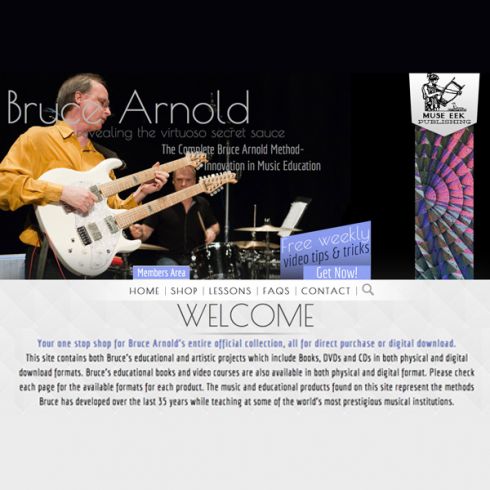
MUMBAI: The rhythmic cycle, an important player in the game of music, is a repeating rhythmic pattern found in a piece of music. Cycles vary in difficulty depending on the length and time signature. Today’s musicians, especially those of the jazz and rock persuasions, are privy to complex cycles, which is both intriguing and in some cases intimidating to the aspiring musician.
Muse Eek Publishing Company, founded by Bruce Arnold, is developing a method book series on rhythmic cycles. An online hub for music education, Muse Eek aims to change the way music is learned by making education materials more relevant, accessible and interactive. The series, released in multiple volumes, is unprecedented and reflects the increasing need to help musicians learn the complex rhythmic cycles used in today’s music.
The series will offer many applications of these rhythmic cycles rather than just a simple exercise showing their structure. The student will be able to see the possible applications of these cycles in many aspects of music including: melodic structures; playing over chord changes; superimposition of cycles at various rhythmic levels; and application to common improvisational concepts such as scales, approach notes and melodic and chordal superimposition.
Although they usually go unnoticed, Arnold says, rhythmic cycles occur in all music. They can be obvious or subtle and occur singularly or layered in multiples. Complex cycles can also feature several metric levels, which is one of the topics in Muse Eek’s series. As the series progresses, it will cover the four common metric levels that music is usually played including quarter, eighth, sixteenth, and thirty-second note levels, as well as various time signatures. “A method book that so completely covers the possibilities of rhythmic cycles has not been available until now,” says Arnold.
Another of the series’ distinguishing factors is its audio files that allow students to hear examples and adjust tempos. This interactivity, Arnold insists, will help students “develop new rhythmic grooves, melodic lines, and accompaniment figures.” It is especially useful for self-taught musicians, as they can “check their accuracy and push their ability to the limit,” he adds.